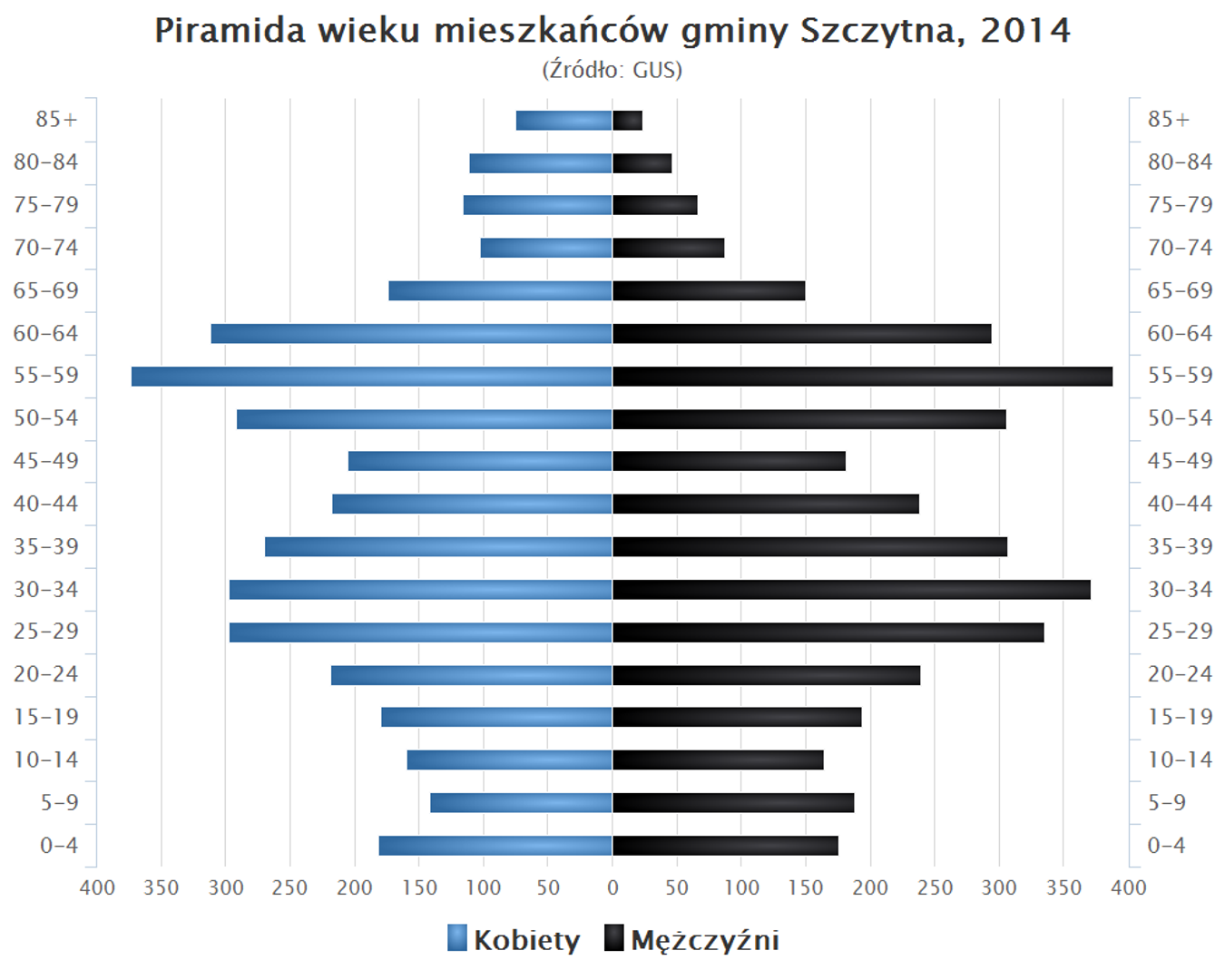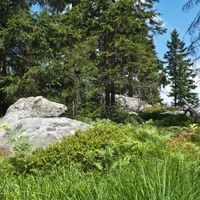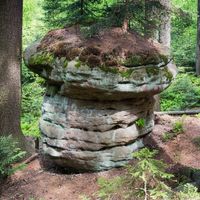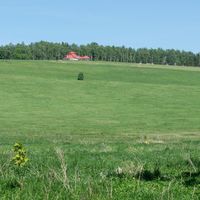Szczytna
6.56

Overview
Szczytna is an urban-rural municipality in Poland, located in the Lower Silesian Voivodeship, within Kłodzko County. The municipality covers an area of 133.16 km², of which 31% is agricultural land and 62% is forested land. The seat of the municipality is the town of Szczytna, and it includes several villages such as Chocieszów, Dolina, Łężyce, Niwa, Słoszów, Wolany, and Złotno. The municipality borders the Czech Republic to the south and is adjacent to the municipalities of Bystrzyca Kłodzka, Duszniki-Zdrój, Kłodzko, Kudowa-Zdrój, Lewin Kłodzki, Polanica-Zdrój, and Radków. Szczytna is situated in the Duszniki Basin, which provides a picturesque setting surrounded by the Stołowe Mountains and Bystrzyckie Mountains, with an elevation of approximately 450–500 meters above sea level. The municipality is also home to the Torfowisko pod Zieleńcem Nature Reserve, which protects a unique high peat bog and rare plant species. The municipality has a rich history, particularly reflected in its architecture, as evidenced by the historic villa at Wolności 42 Street, which serves as the seat of the local government. Local authorities are elected for 4-year terms, and residents can elect their representatives to the Sejm, Senate, and European Parliament. Demographic data shows that in 2004, Szczytna had a population of 7,401, which decreased to 7,256 by 2020, suggesting a declining population trend. Szczytna Municipality is rich in traditions and characterized by its local culture, expressed through the activities of its villages and the functioning of village councils. In terms of governance, the municipality has a well-organized administrative structure, and its authorities are committed to the development of the local community, which may be an interesting aspect for those interested in local governance and social activities.
Location
You can also find here:
2025 Wizytor | All Rights Reserved



